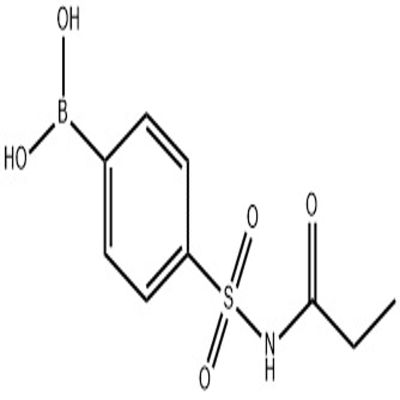-
Categories
-
Pharmaceutical Intermediates
-
Active Pharmaceutical Ingredients
-
Food Additives
- Industrial Coatings
- Agrochemicals
- Dyes and Pigments
- Surfactant
- Flavors and Fragrances
- Chemical Reagents
- Catalyst and Auxiliary
- Natural Products
- Inorganic Chemistry
-
Organic Chemistry
-
Biochemical Engineering
- Analytical Chemistry
- Cosmetic Ingredient
-
Pharmaceutical Intermediates
Promotion
ECHEMI Mall
Wholesale
Weekly Price
Exhibition
News
-
Trade Service
The synthesis of 3-nitrobenzo[b]thiophene, a common intermediate in the production of dyes, pharmaceuticals, and other chemicals, has been the subject of much research in the chemical industry.
One of the most efficient methods for the synthesis of 3-nitrobenzo[b]thiophene is through the reaction of 4-chloro-3-nitrobenzene with benzothiophene-2-thiol in the presence of a Lewis acid catalyst.
The 4-chloro-3-nitrobenzene is first prepared by treating 3-nitrochlorobenzene with a strong base, such as sodium hydroxide.
This generates the 4-chloro-3-nitrobenzene, which is then reacted with benzothiophene-2-thiol in the presence of a Lewis acid catalyst.
The use of a Lewis acid catalyst is critical to the success of the reaction, as it allows for the efficient conversion of the starting materials into the desired product.
One of the most commonly used Lewis acid catalysts in the synthesis of 3-nitrobenzo[b]thiophene is aluminum chloride.
Other Lewis acid catalysts that have been employed include ferric chloride, zinc chloride, and boron tribromide.
The use of these Lewis acid catalysts allows for the efficient conversion of 4-chloro-3-nitrobenzene into 3-nitrobenzo[b]thiophene, with high yields and with minimal side products.
The reaction between 4-chloro-3-nitrobenzene and benzothiophene-2-thiol in the presence of a Lewis acid catalyst proceeds through a free radical mechanism.
The free radicals generated in the reaction are thought to play a crucial role in the conversion of the starting materials into the desired product.
The use of a Lewis acid catalyst helps to generate these free radicals, leading to the efficient conversion of 4-chloro-3-nitrobenzene into 3-nitrobenzo[b]thiophene.
The reaction between 4-chloro-3-nitrobenzene and benzothiophene-2-thiol in the presence of a Lewis acid catalyst can be carried out in various solvents, such as ethyl acetate, benzene, and toluene.
The use of a solvent is important, as it allows for the efficient separation of the desired product from any side products that may be generated during the reaction.
The solvent used can also affect the rate of the reaction, with polar solvents generally leading to faster reaction kinetics.
In conclusion, the synthesis of 3-nitrobenzo[b]thiophene through the reaction of 4-chloro-3-nitrobenzene with benzothiophene-2-thiol in the presence of a Lewis acid catalyst is a well-established and widely used method in the chemical industry.
The use of a Lewis acid catalyst, such as aluminum chloride, is crucial for the efficient conversion of the starting materials into the desired product.
The reaction proceeds through a free radical mechanism, and can be carried out in various solvents.
The use of a Lewis acid catalyst allows for the efficient conversion of 4-chloro-3-nitrobenzene into 3-nitrobenzo[b]thiophene, with high yields and with minimal side products.





![1-METHYL-4-[5-(4,4,5,5-TETRAMETHYL-1,3,2-DIOXABORALAN-2-YL)PYRIDINE-2-YL]PIPERAZINE](https://file.echemi.com/fileManage/upload/goodpicture/20210822/m20210822160345712.jpg)

